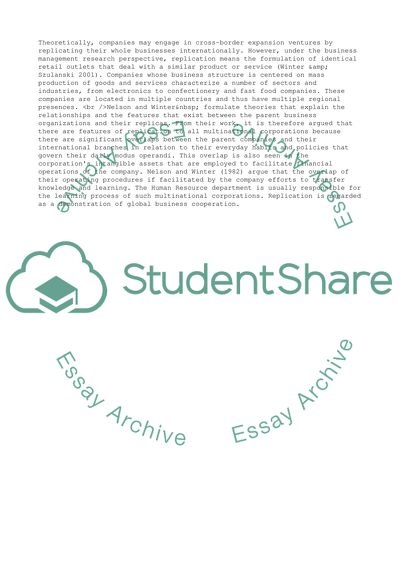Cite this document
(“Internalising a brand across cultures: the case of IKEA Essay”, n.d.)
Internalising a brand across cultures: the case of IKEA Essay. Retrieved from https://studentshare.org/management/1682582-internalising-a-brand-across-cultures-the-case-of-ikea
Internalising a brand across cultures: the case of IKEA Essay. Retrieved from https://studentshare.org/management/1682582-internalising-a-brand-across-cultures-the-case-of-ikea
(Internalising a Brand across Cultures: The Case of IKEA Essay)
Internalising a Brand across Cultures: The Case of IKEA Essay. https://studentshare.org/management/1682582-internalising-a-brand-across-cultures-the-case-of-ikea.
Internalising a Brand across Cultures: The Case of IKEA Essay. https://studentshare.org/management/1682582-internalising-a-brand-across-cultures-the-case-of-ikea.
“Internalising a Brand across Cultures: The Case of IKEA Essay”, n.d. https://studentshare.org/management/1682582-internalising-a-brand-across-cultures-the-case-of-ikea.


